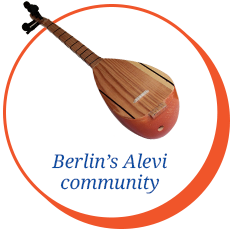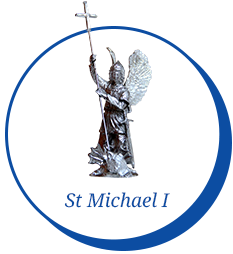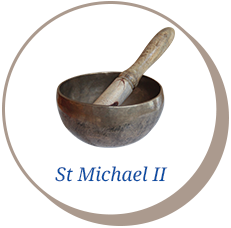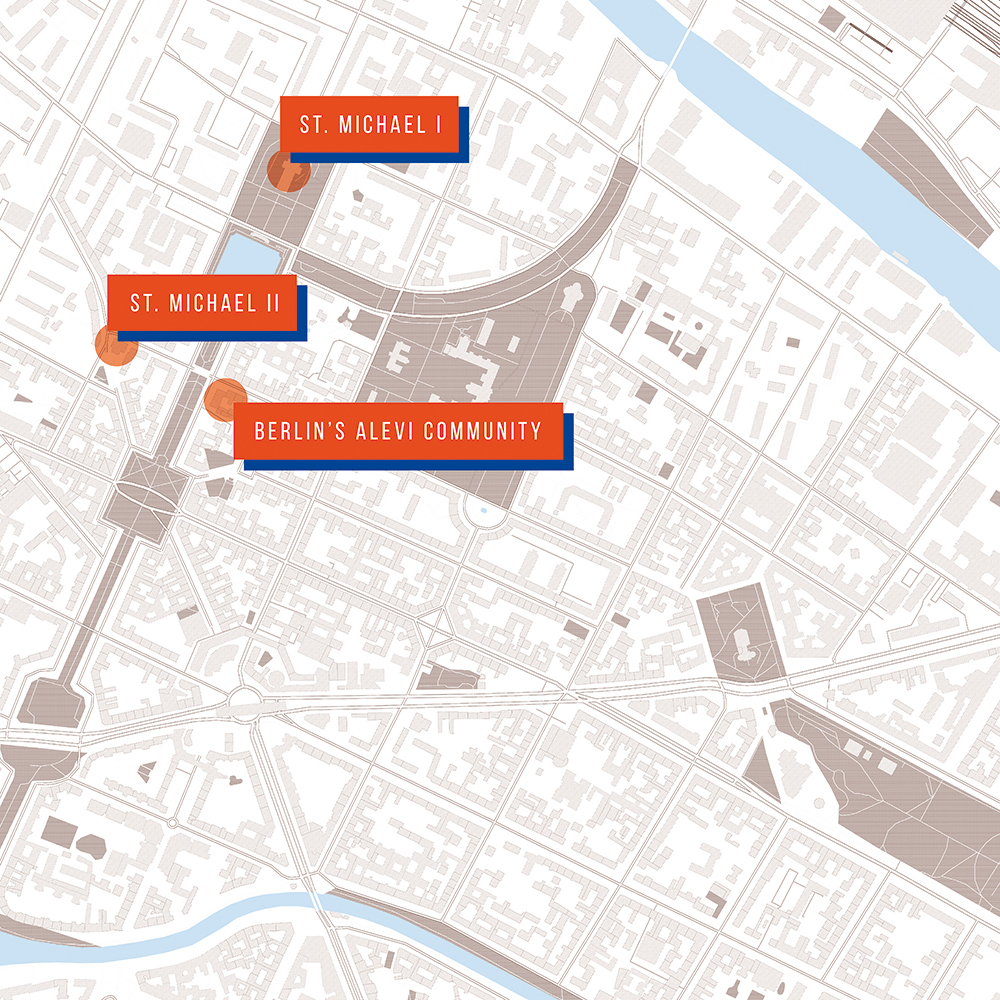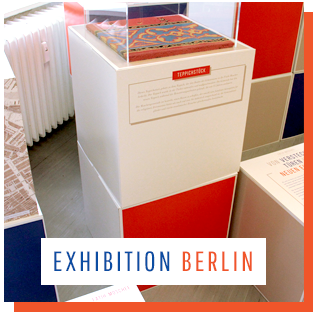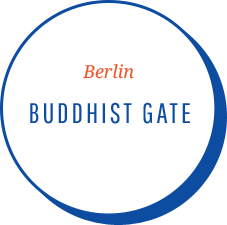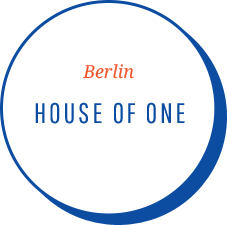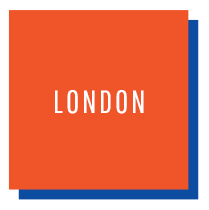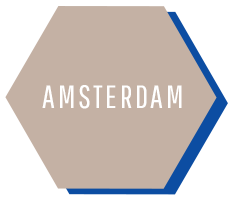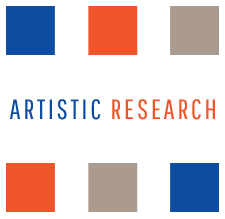The reasons and motives behind the creation of religious sites in urban areas are diverse: sometimes the decision is political, sometimes it’s in the interests of urban planning. Or the intention might arise from changing social circumstances, for example, with the arrival of a new religious group.
When social interaction, communications and physical signs – such as buildings and dress codes – from different religions are found in one place in dense concentration, they form a socio-religious "setting" or meeting place. The different histories behind the setting result in a complexity that distinguishes it from others.
The area around the Engelbecken, an artificial lake formed by an ornamental canal in Berlin’s district of Kreuzberg, forms one such setting. Religious cultures, brought to Kreuzberg with migration, have installed and reinstalled their religious sites, which give structure to urban public space.
The Berlin study focuses on religious buildings in three of these socio-religious meeting places, all of which are closely intertwined with stories of migration and the historical and political constellations of the city’s history. As part of an additional exhibit, two further sites are presented: a Buddhist centre, and a multi-faith place for prayer and learning for Muslims, Christians and Jews.
The key influences on Berlin’s religious history were and still are the Jewish, the Christian and the Muslim religions and their respective denominations, as shown by the first testimonies from the 13th century up to the present day. In addition, many smaller religious communities of various origins also play a role.
